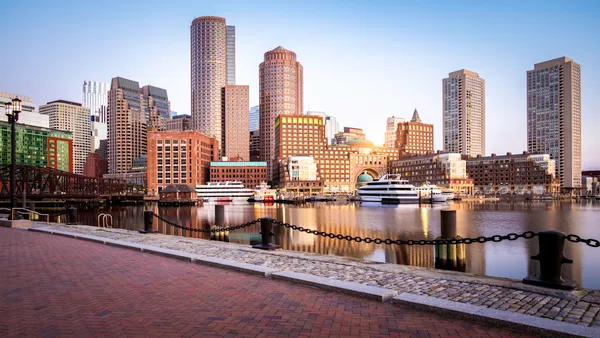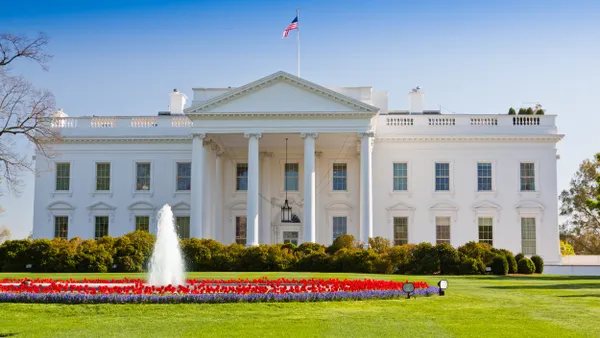Dive Brief:
- Applications opened last month for MIT Solve's 2019 Global Challenges, a program dedicated to funding and supporting innovators with solutions for community-driven innovation, early childhood development, circular economy and healthy cities.
- The challenges are designed through a "demand-driven, crowd-sourced process," said Pooja Wagh, Director of Solve's Health pillar, which oversees the Healthy Cities Challenge. For that particular challenge, Solve is seeking solutions within four dimensions:
- Prevention of infectious disease
- Reduction of noncommunicable disease
- Physical safety
- Promotion of equitable access to care
- Solution drafts will be accepted through July 1, after which they'll be publicly available for collaborative revisions, which can be submitted through July 22. In September, about eight winners will be selected in the Healthy Cities category. Each winner will receive 12 months of needs-based financial support, mentorship and introductions to partners and distribution networks.
Dive Insight:
While there isn't any specific criteria innovators must meet to submit solutions to the challenges, all solutions must be "tech-powered and human-centered," and appropriate for the context and people for whom it's being designed, according to Wagh. "We love getting solutions with the promise of scalable and generalizable, but we look for appropriateness," she said.
In an interview with Smart Cities Dive, Wagh noted the importance of the Healthy Cities Challenge, particularly as urban populations rapidly increase over the next 30 years. "We know that we’re supremely unprepared for this urban migration," she said. "Very often when there is massive urban migration we end up with urban sprawl, we end up with unplanned slums and areas where basic services that people need to lead healthy lives just do not exist." Wagh explained her family is from Mumbai, India, where many citizens seek job opportunities in the city, yet end up living in massive slums that lack access to clean water and electricity.
While mass urban migration and the rise of megacities is not as prevalent in the U.S., as suburban life has maintained popularity and opportunity, U.S. cities still run the risk of resource depletion in the face of increased populations. Not only can this lack of resources spur physical ailments, but it can have a direct impact on mental health and emotional wellbeing.
When asked why mental health wasn't a listed "dimension" of the Healthy Cities Challenge, Wagh noted it underlies all of the dimensions. "If you’re living in an environment where infectious disease outbreaks are likely or you’re living in a place where you’re not able to exercise or you’re constantly living in this fear where you’re gonna get hit by a car or you’re going to be the victim of a violent crime ... All of those things compound the amount of stress and anxiety you’re feeling and can lead to additional mental problems," she said.
There are currently only two solutions that have been submitted for public review on the Healthy Cities Challenge site, but dozens more are expected in the coming months. In the meantime, Wagh encourages folks to comment on the available solutions to crowdsource improvements. "Anyone can comment and help to strengthen the solutions that are there and hopefully collaboratively work toward the best solutions we can have," she said.















